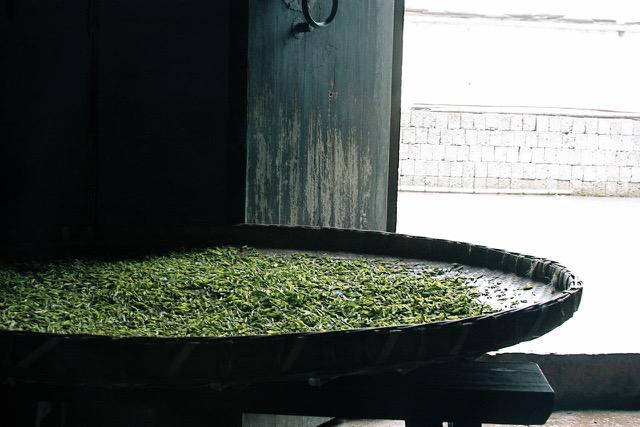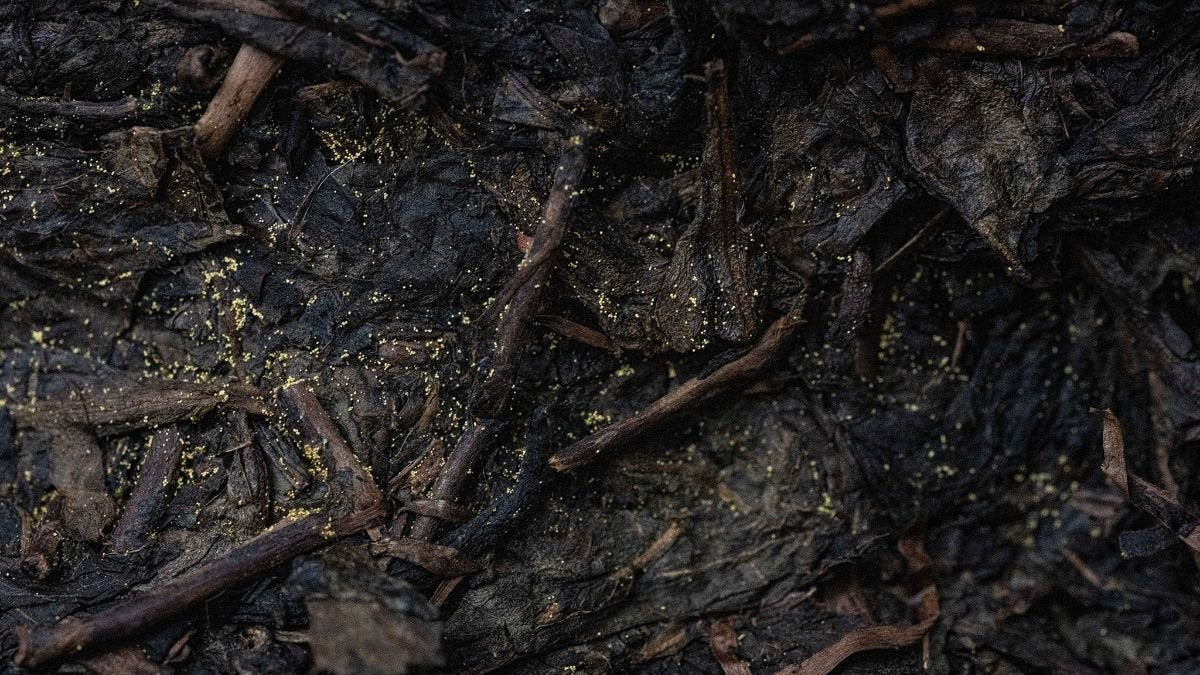History of Green Tea - Pan Fired Loose Leaf Tea and the Ming Dynasty

The focus of today’s post is a style of tea that is very popular in China; it is easily the most consumed tea north of the Yangtze River.
What is green tea?
We define ‘green’ tea as tea that is unoxidized; the leaves preserve their natural green colour, just as if they were freshly picked. If you allowed these leaves to wither a bit, they would become yellowish (we call those ‘oolong’); further withering would produce dark brown leaves, which we call ‘black’ tea.
Killing the Green (杀青, or shāqīng in pinyin) is a colourful name for a critical process to keep the tea ‘green’. It boils down to applying heat to de-activate the enzymes that enable the oxidization process. The two most popular ways of doing this are:
- Steaming: used in Japanese sencha, but also known to be used in some traditional Chinese green tea, such as Enshi YuLu (恩施玉露); note that the characters for YuLu (‘jade dew’) are identical to those for Japanese gyokuro. This process was prevented throughout most of China until the Ming Dynasty.
- Pan-firing: used in the vast majority of Chinese green tea styles… but also in kamairicha, a style of tea that is popular in Miyazaki, Kochi, and a few other places in Japan.
The Mind of the Ming.
Why did the Ming China society favour loose-leaf, pan-fired tea? Consider this paragraph from Okakura Kakuzo’s most interesting book:
The cake-tea which was boiled, the powdered-tea which was whipped, the Leaf-tea which was steeped, mark the distinct emotional impulses of the Tang, the Sung, and the Ming dynasties of China. If we were inclined to borrow the much-abused terminology of art-classification, we might designate them respectively, the Classic, the Romantic, and the Naturalistic schools of Tea.
The Book of Tea
The pragmatic Ming society appreciated tea as a thirst-quenching expression of nature for everyday use. A few centuries later, billions have tea as an integral part of their daily lives. Thanks, Ming folks!
A great-great-great-great-great grandkid of the Ming, in Vancouver.
You may have met Dylis Xu, a tea friend and sometimes guest bartender, at our tea bar. Her hometown is in HuangShan (a most fabled origin for tea), and her family owns a stunning little farm. After a long process to bring some of their 2021 tea to Vancouver, we finally have some MaoFeng at our tea bar!
It's one of our featured specials this week.


Comments